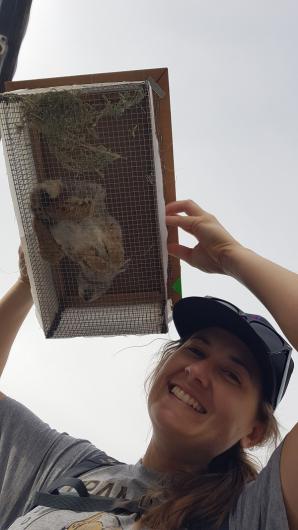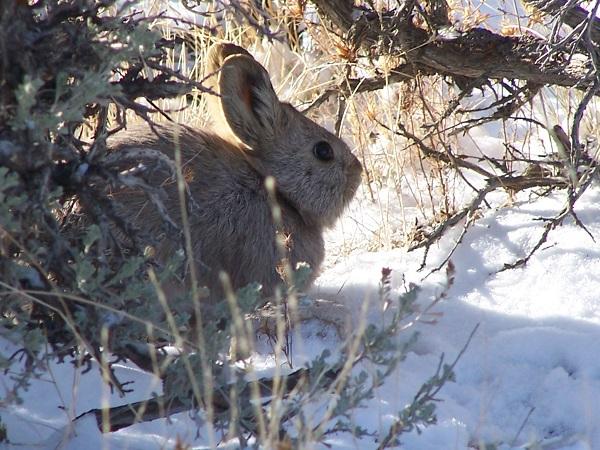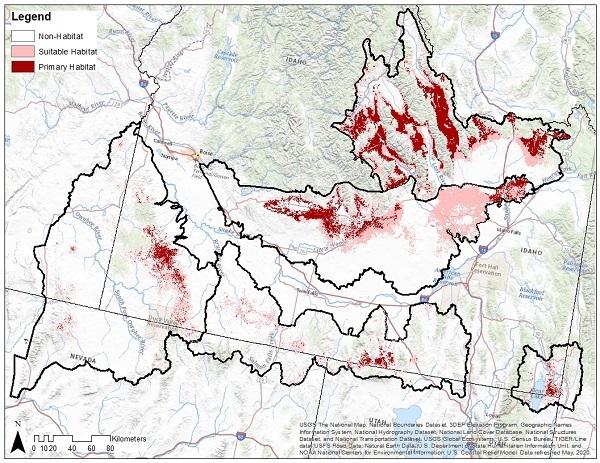Related Stories
- BLM recreation sites available to all: Exploring accessibility on Arizona’s public lands
- Overcoming challenges to move the BLM forward: Nikki Haskett
- A day in the life of a BLM Hobbs Petroleum Engineering Technician
- BLM Recreation Sites Available to All: Exploring Accessibility on Alaska’s Public Lands
- Twin Falls District Engineer Eddie Sanchez – seasonal wildland firefighter to engineer




